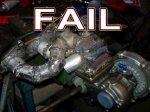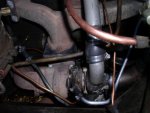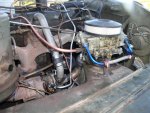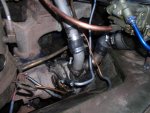Gunfreak25
Well-known member
- 1,561
- 620
- 113
- Location
- Yuma, AZ
Just wonderin, has anyone tried using the Multifuel type turbo on another application? I mean, what makes a diesel turbo different from a gas engine turbo? As I understand it, the only things that make them different are air flow ratings. Obviously diesels will use a **** of a lot more air than most gas engines ever could. How would the Multifuel C turbo work on say, a low revving big block gas engine? I think the air flow would be just fine, the biggest issue would be fabricating the connections for everything as a Quadrajet carburetor was obviously never designed for a big honkin turbo. What would one get out of this? From what I have read the turbo on the Multifuels was nothing more than a "clean air kit" and was designed to reduce the amount of "nasty black smoke" emitting from the stack. Please correct me on the above if I am wrong......



 A turbo gasser would be cool. Might even get a little better fuel mileage.
A turbo gasser would be cool. Might even get a little better fuel mileage. ,,, lpg gas that is.
,,, lpg gas that is.

